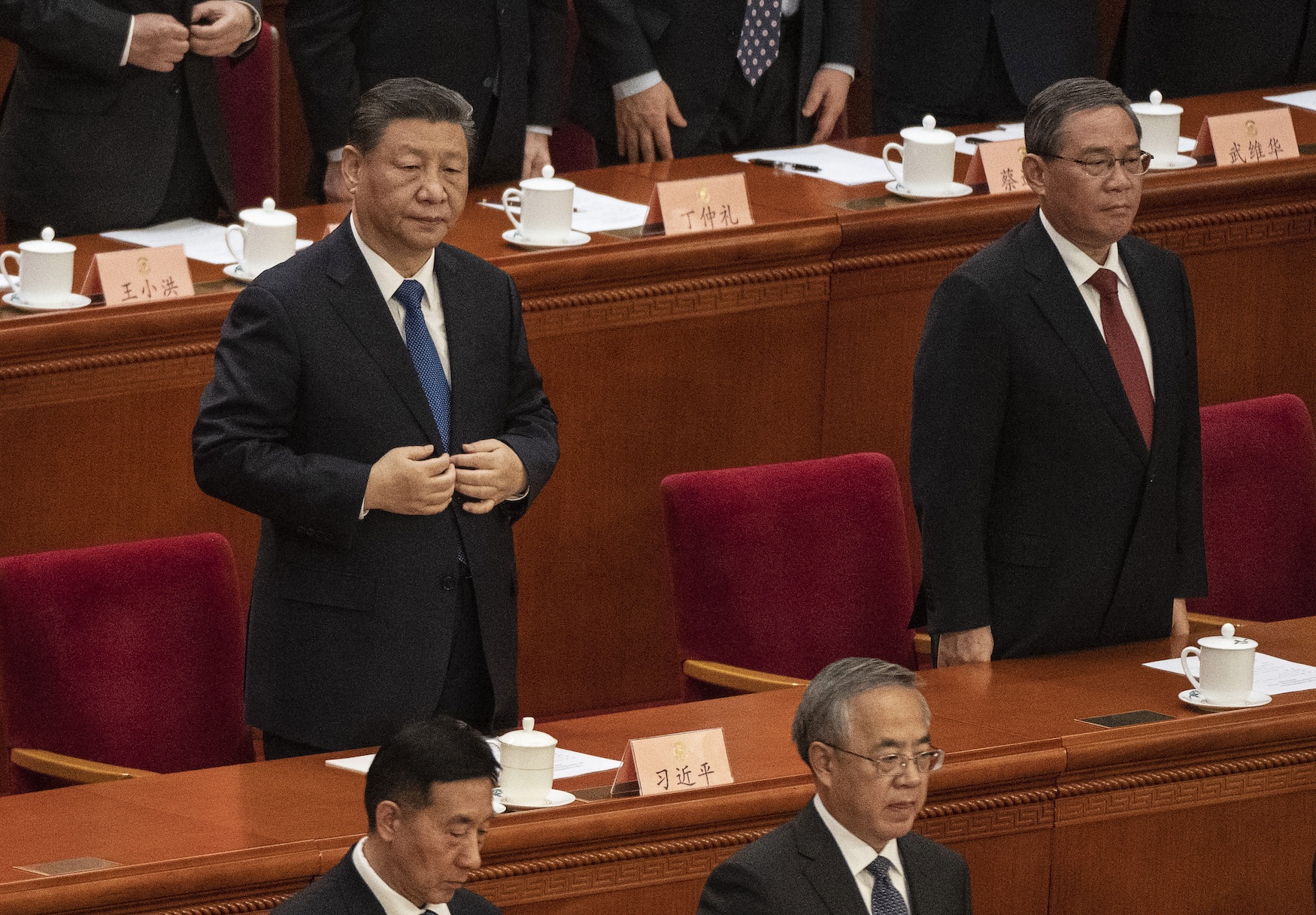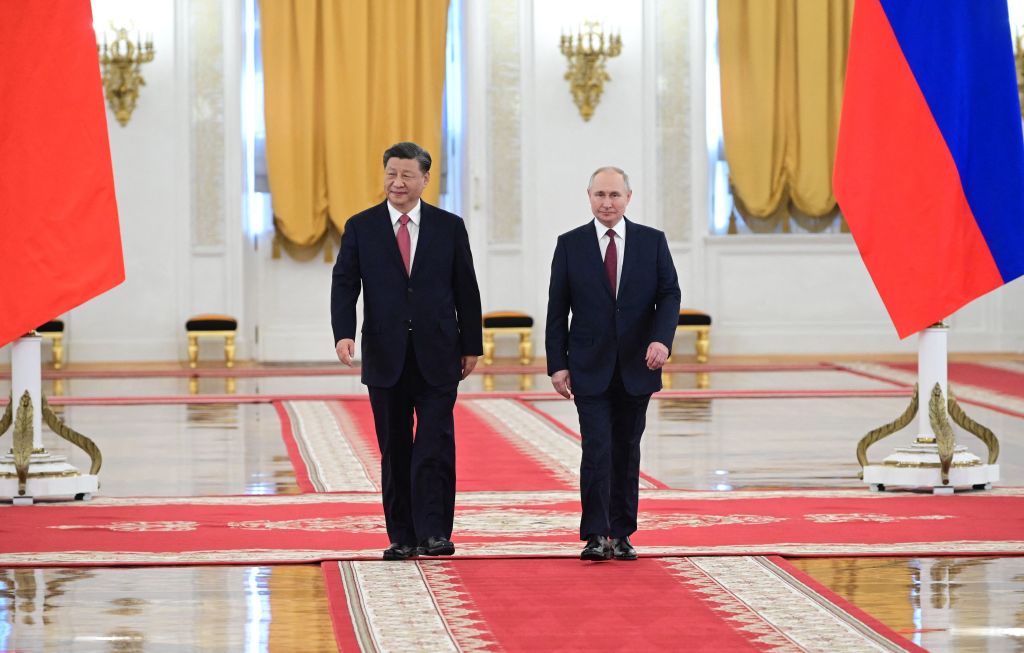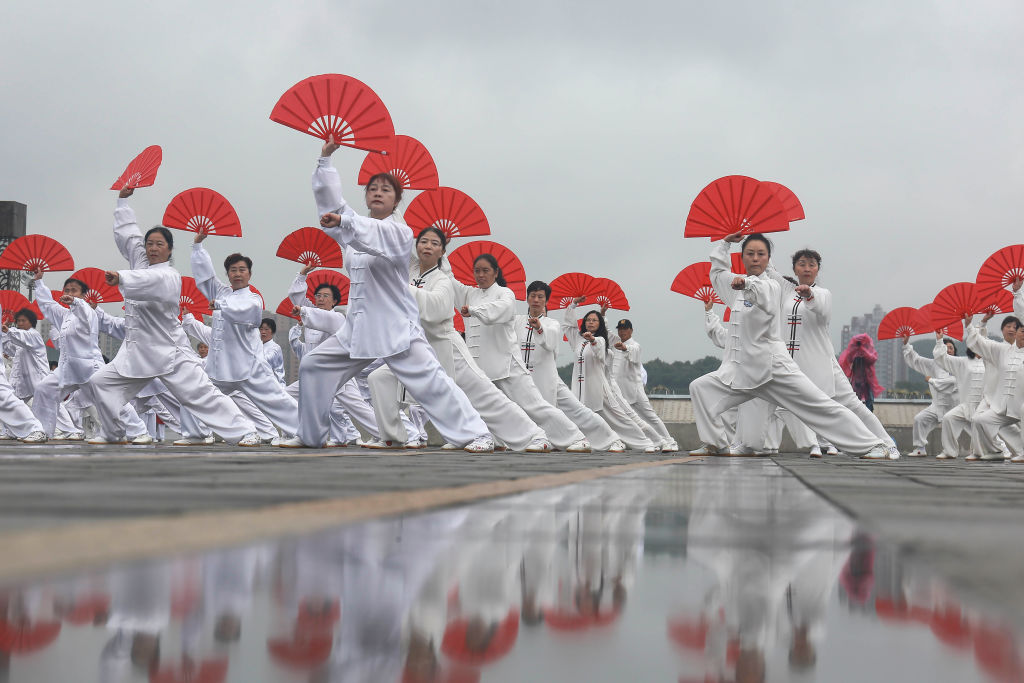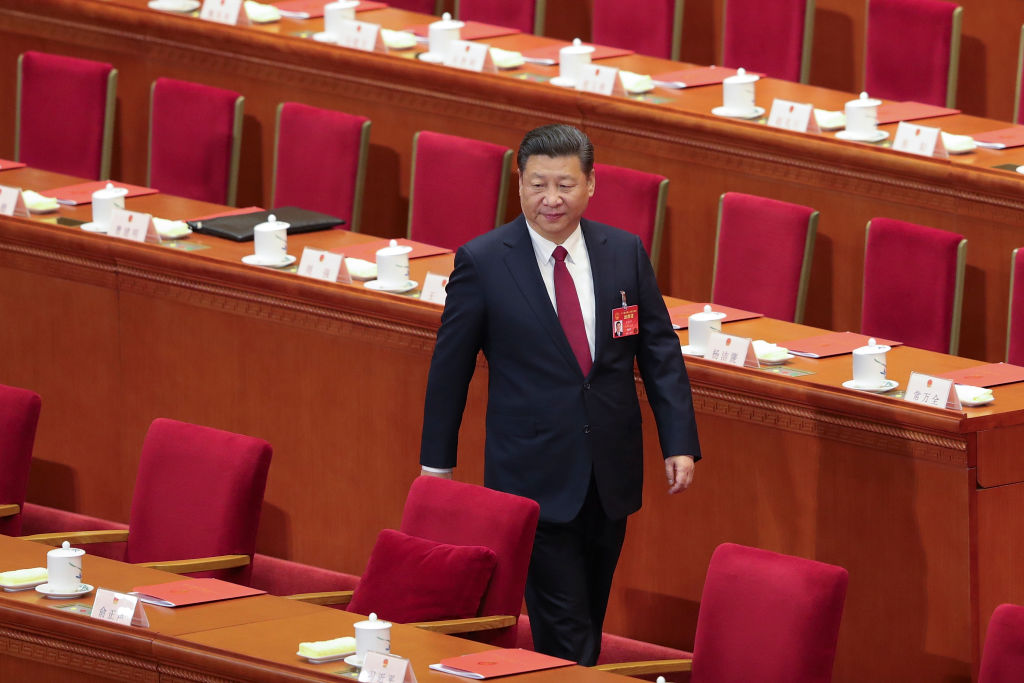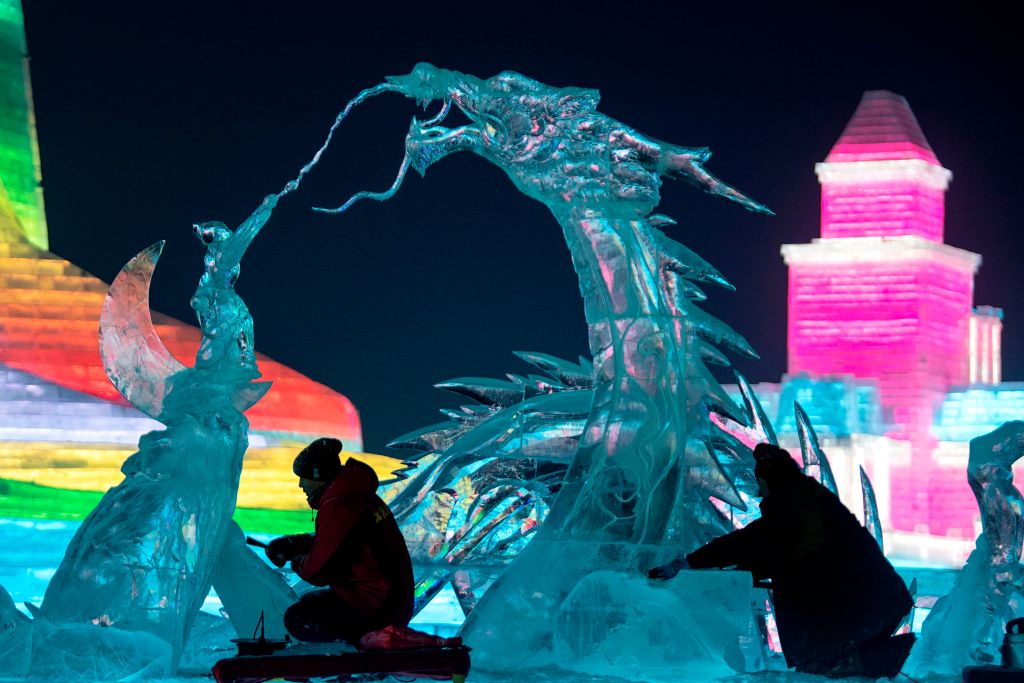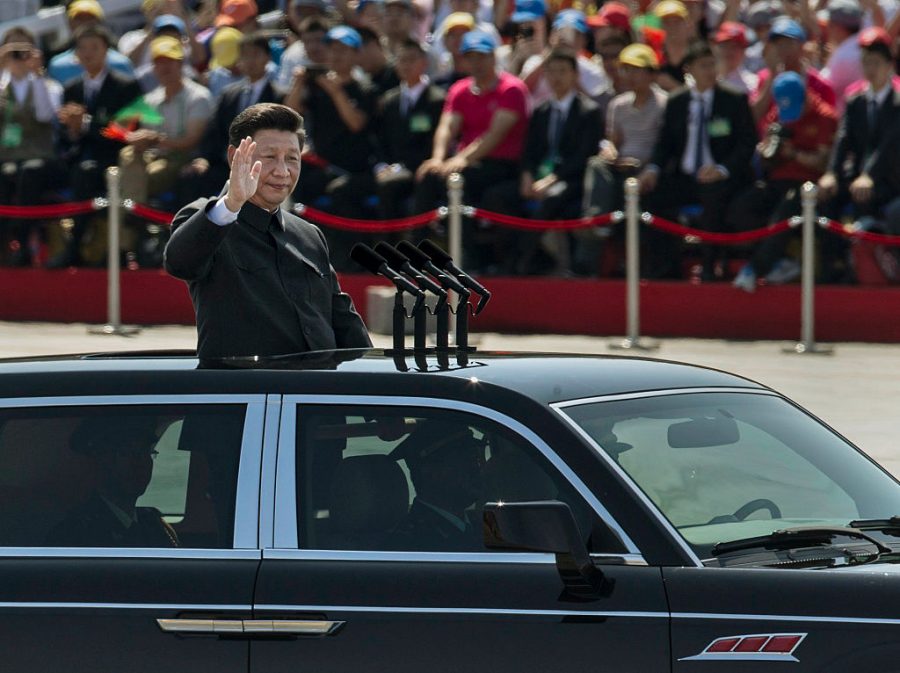Whatever the CCP says, regimes don’t have the rights of nations

All nation states have a right to defend themselves. But do regimes enjoy an equal right to self-defence? Is the security of a particular party-in-power a fundamental right of nations? The Chinese government is asking us to answer in the affirmative. Australians need to say no.
As a governing regime, the Chinese Communist Party claims many of the prerogatives of a nation state. This includes a monopoly over the legitimate use of physical force—Max Weber’s classic definition of a state.
As the world adjusts to the rise of China, its leaders want us to make way for the CCP’s triumphal arrival as the regime that made it all possible. This includes recognition of the party’s right to self-preservation on par with the rights of nations.
The United Nations Charter affirms the sovereign equality of member states, including their right to preserve their territorial integrity and political independence, free from force or coercion, and to resist external interference in their domestic jurisdictions.
Nothing in the UN Charter or associated documents, however, commits member nations to recognising the same rights for regimes. This places authoritarian regimes such as the CCP at a geopolitical disadvantage in seeking international recognition commensurate with their wealth, power and prestige.
Regime competition runs on a different track to international geopolitical competition, Yale scholar Nicholas Bequelin recently observed in Foreign Policy. The liberal rules-based order of the postwar period lends greater legitimacy to democratic states than to autocratic ones. This hampers the CCP’s search for recognition as a particularistic regime with security interests that serve not only the country but the party and its desire for self-preservation. The motives driving China’s adversarial relationship with the United States, Bequelin concludes, ‘are to be found in the imperatives of regime competition rather than in pure geopolitical calculations.’
The quest for regime security does not end with a geopolitical victory here or there. No authoritarian regime can rest easy until the world beyond itself is rendered safe for the pre-emptive defence of regime security. So current great-power competition is not just a matter of ideological competition within a stable geopolitical system; it involves reframing the system to treat regime security and national security with equal legitimacy.
CCP leaders are moving to reduce their relative disadvantage by altering the terms of international engagement. One of Beijing’s goals in its commitment to new international groupings is to insert commitments to the equal rights of regimes into public declarations. For example, the BRICS security agenda is taking shape around CCP General Secretary Xi Jinping’s Global Security Initiative (GSI), which equates regime security with national security. The 16th BRICS summit concluded on 24 October last year with the release of its Kazan Declaration a security document that had strong similarities the GSI, which was first spelled out by Xi at the 2022 Boao Forum.
Key phrases in the Kazan Declaration clearly align with the principles of the GSI. One of these is the acknowledgement of the equality of the ‘legitimate and reasonable security concerns’ of all countries. The phrase appears anodyne, but it is lifted directly from Xi’s GSI, where its significance is clear from context.
Beijing initially deployed this phrase to justify Russian President Vladimir Putin’s invasion of Ukraine, based on the allegedly ‘legitimate and reasonable security concern’ that an independent Ukraine posed a security threat to Russia. China could offer similar justifications for its claims over Taiwan and adjacent Japanese territories or its contested maritime claims in the South China Sea.
That’s just the start. In current Chinese usage, the term ‘legitimate and reasonable security concerns’ refers not only to conventional security issues to do with territory and sovereignty, nor even to non-traditional security concerns around climate, energy, water, pandemics and the like. It also includes the CCP’s concerns around its own security, which it equates with the national and international security interests of China. What is to be preserved here is the power and standing of the party.
Concern for regime security has long featured in CCP foreign policy thinking, but the international implications of this concern have only fully emerged under Xi. This began with a heightened focus on regime security at home. Starting in 2014, Xi transformed Beijing’s approach to internal security by drafting a National Security Framework which, as analyst Sheena Chestnut Greitens points out, is China’s first-ever national security strategy.
The Xi administration also introduced tough new security laws, systematically purging and restructuring the national security system and working to perfect a massive ‘sentinel state’ apparatus capable of preserving the power and status of the party indefinitely. Now, Greitens argues, Xi is applying China’s domestic security framework to foreign policy with a view to reshaping the regional and global security order, ensuring the party’s domestic grip remains as secure abroad as it is on home soil.
It follows that ‘legitimate and reasonable security concerns’ refers, among other things, to the security interests of the CCP regime and the overlapping cluster of security initiatives that flow from party concerns. These initiatives include silencing dissent outside its borders through transnational repression and forcing national governments into line through economic coercion.
This security setting led the party’s official representatives to issue guidelines to Australia’s federal government—the Fourteen Grievances—about what can and cannot be said about the CCP in Australian media and by think tanks and government. Even after relations stabilised, party authorities tracked individuals and communities in Australia by activating surveillance systems initially designed to secure the party’s grip on China.
Recognising regime security as a right of nations would essentially legitimise economic coercion, transnational repression, censorship and covert interference of this kind.
As rights of authoritarian parties are unrecognised in international norms and institutions, elevating the security concerns of a Leninist political party to the level of nation states is no easy matter. But, as Xi reminds us, prevailing norms and institutions are up for grabs in times of ‘great changes unseen in a century.’ Democratic states need to preserve the equal sovereignty of nations, as distinct from regimes.





